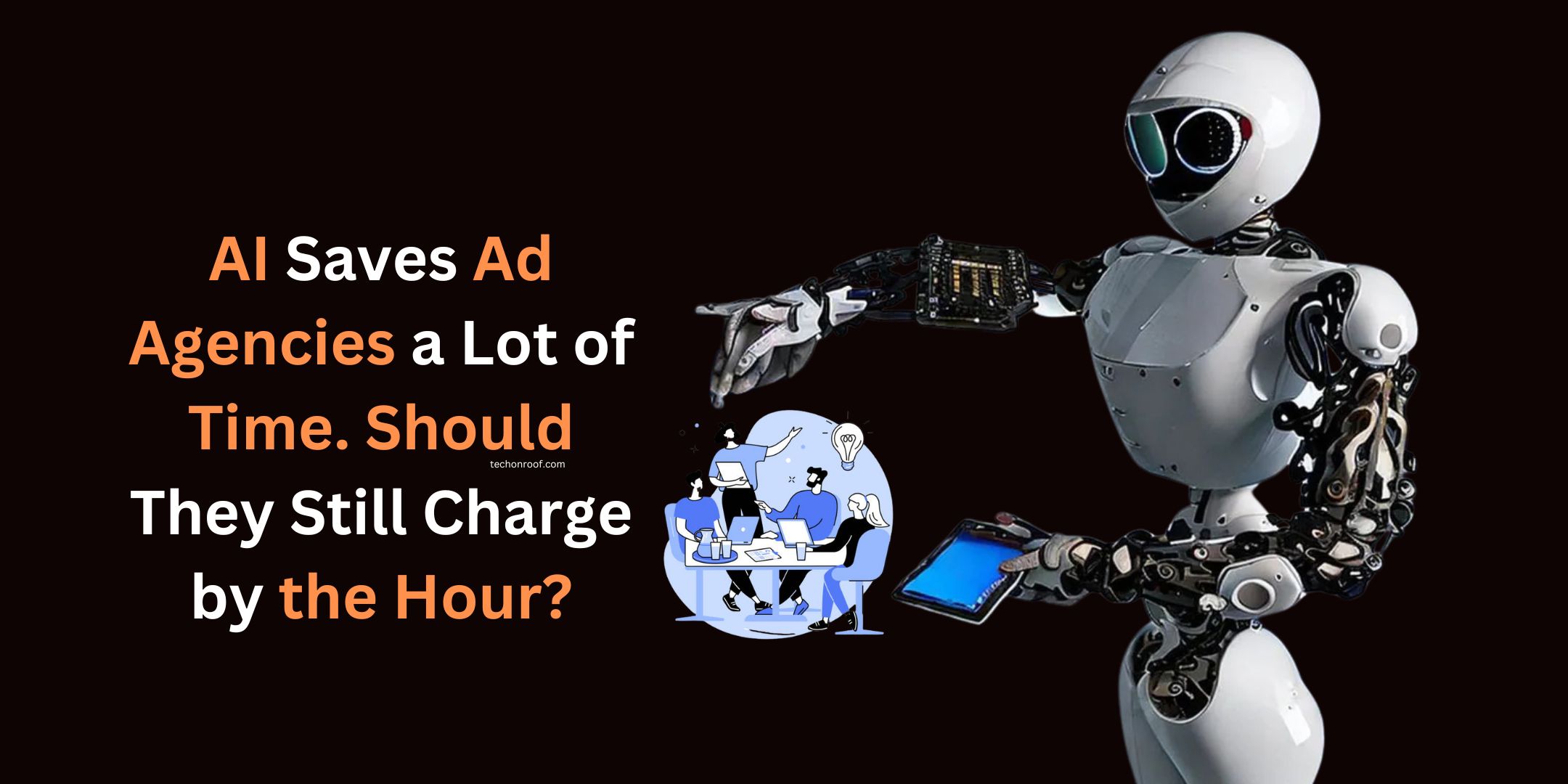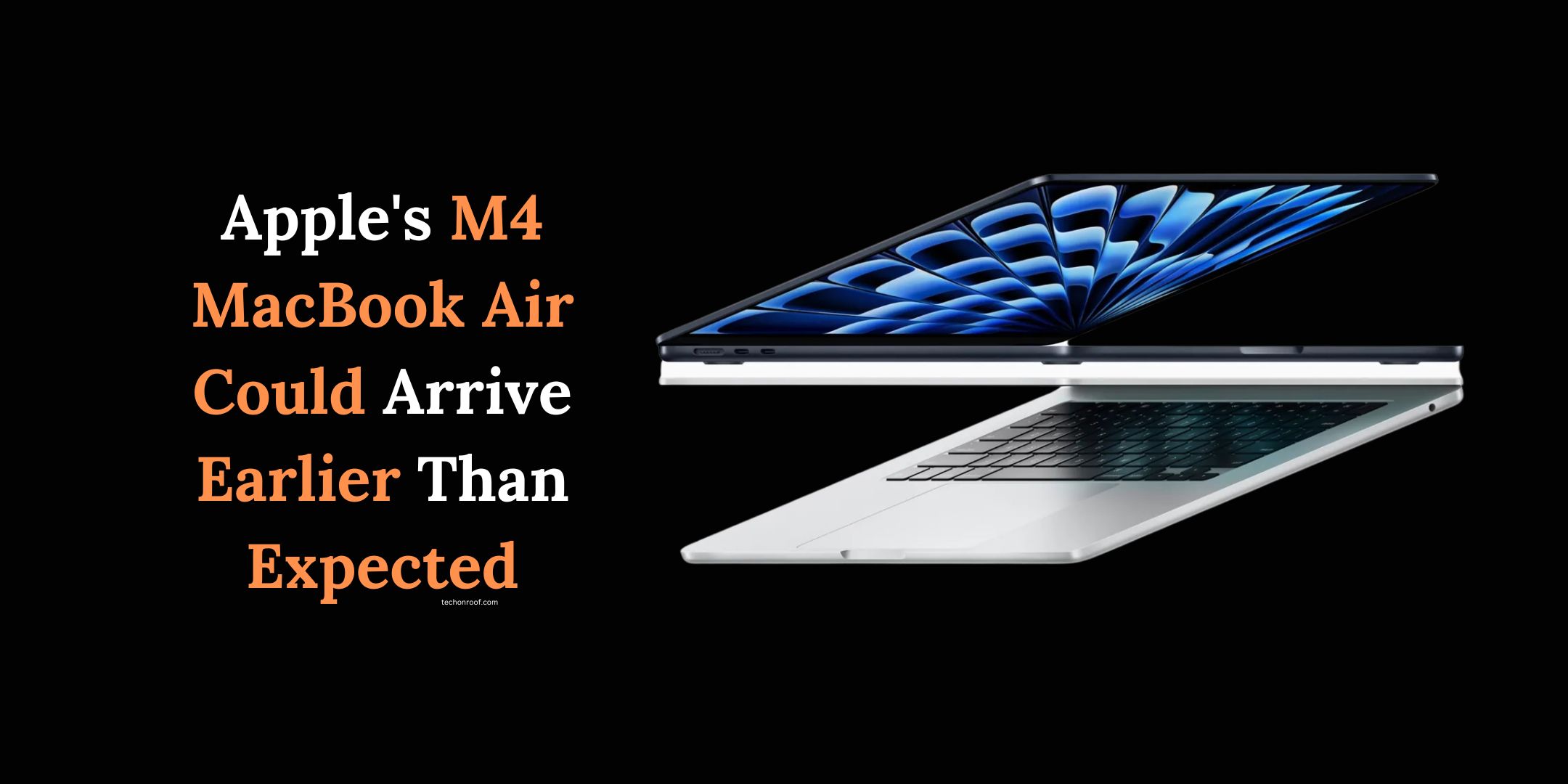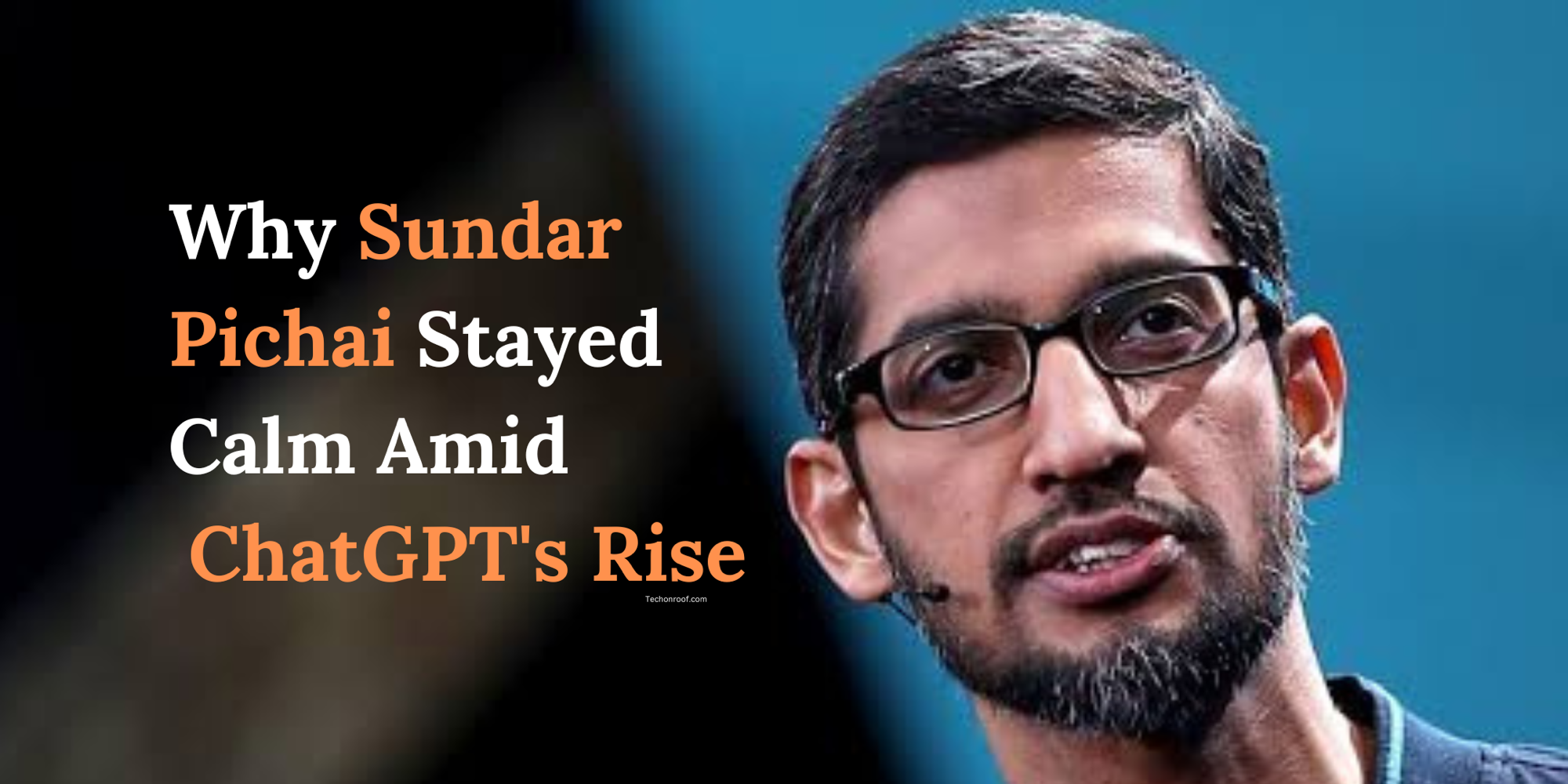AI is transforming how Ad agencies operate, generally making tasks easier and saving time in a significant amount. This changing paradigm raises one critical question for them: whether to remain with the traditional bill-by-the-hour or shift to value-based models.
Read Also: Samsung ready to take on Meta Ray-Ban glasses with its own smart glasses — here’s when
AI tools like ChatGPT and Adobe’s Suite drastically reduce the time needed for creative tasks. For instance, personalized ad images, color adjustments, and language tweaks that once required manual effort are now automated. Copywriters can instantly generate hundreds of ad variations, focusing on refining the best options.
Read Also: T-Mobile may have been hacked in recent attacks from China
Tracey Shirtcliff, ScopeBetter’s Chief Executive Officer, outlined how AI presents many opportunities to save time from the creative process and is revolutionizing what agencies deliver in value to clients. It should also be factored into traditional hourly billing. Billing by the hour often overlooks agencies’ intangible contributions because there are intangible efforts entailed in generating new ideas and strategic insights. These elements are vital to campaigns but are rarely fully compensated under the current system.
Most agencies and clients use compensation models based on deliverables or measurable outcomes rather than hours worked. Some of these service agencies charge a fixed amount for certain services. For instance, managing social media, supplying several posts, or achieving specific campaign objectives are all services. This makes the service providers work well while satisfying the clientele.
Read Also: Popular technique to make AI more efficient has drawbacks
According to Wesley ter Haar, co-CEO of Monks, “What this new model does isn’t bill for those people in the team but rather guarantee a certain output and outcome.” Predictive costs are helpful to the clients, while agencies optimize efficiency, especially with AI, which reduces time for most tasks.
It has its advantages, but there are obstacles to transitioning into outcome-based pricing. Long-standing clients who have always received hourly bills may also resist this change in terms of risk and uncertainty inherent in performance-based models. Samrat Sharma of PwC U.S. adds that outcome-based pricing includes variables that complicate client relationships and are thus only gradual for many agencies.
Read Also: Apple’s AI-powered Final Cut Pro 11 is now available
WPP, one of the world’s biggest advertising holding companies, is already moving toward return-based pricing models and leveraging AI to increase personalization and creative output. While AI reduces production costs, it introduces new expense lines, such as managing advanced technology. As big tech companies like Google and Adobe continue to subsidize AI tools, agencies invest heavily in integrating these technologies into their services.
Read Also: Runway just changed filmmaking forever — Act-1 lets you control AI characters
The growing use of AI challenges the traditional way agencies bill clients. Switching to outcome-based pricing better reflects the value agencies provide while incentivizing efficient, high-quality work. However, adopting this model will require careful planning and collaboration between agencies and clients to ensure its success in a rapidly evolving industry.





